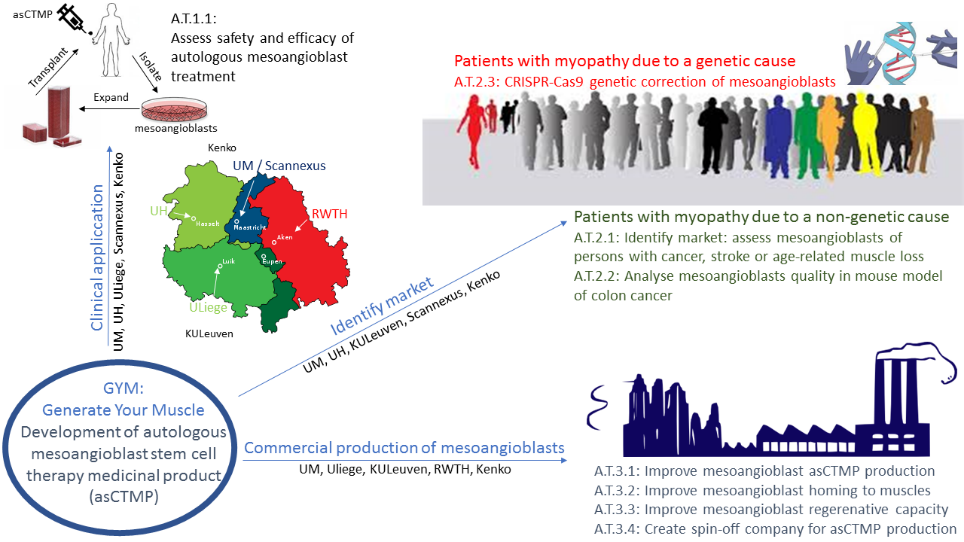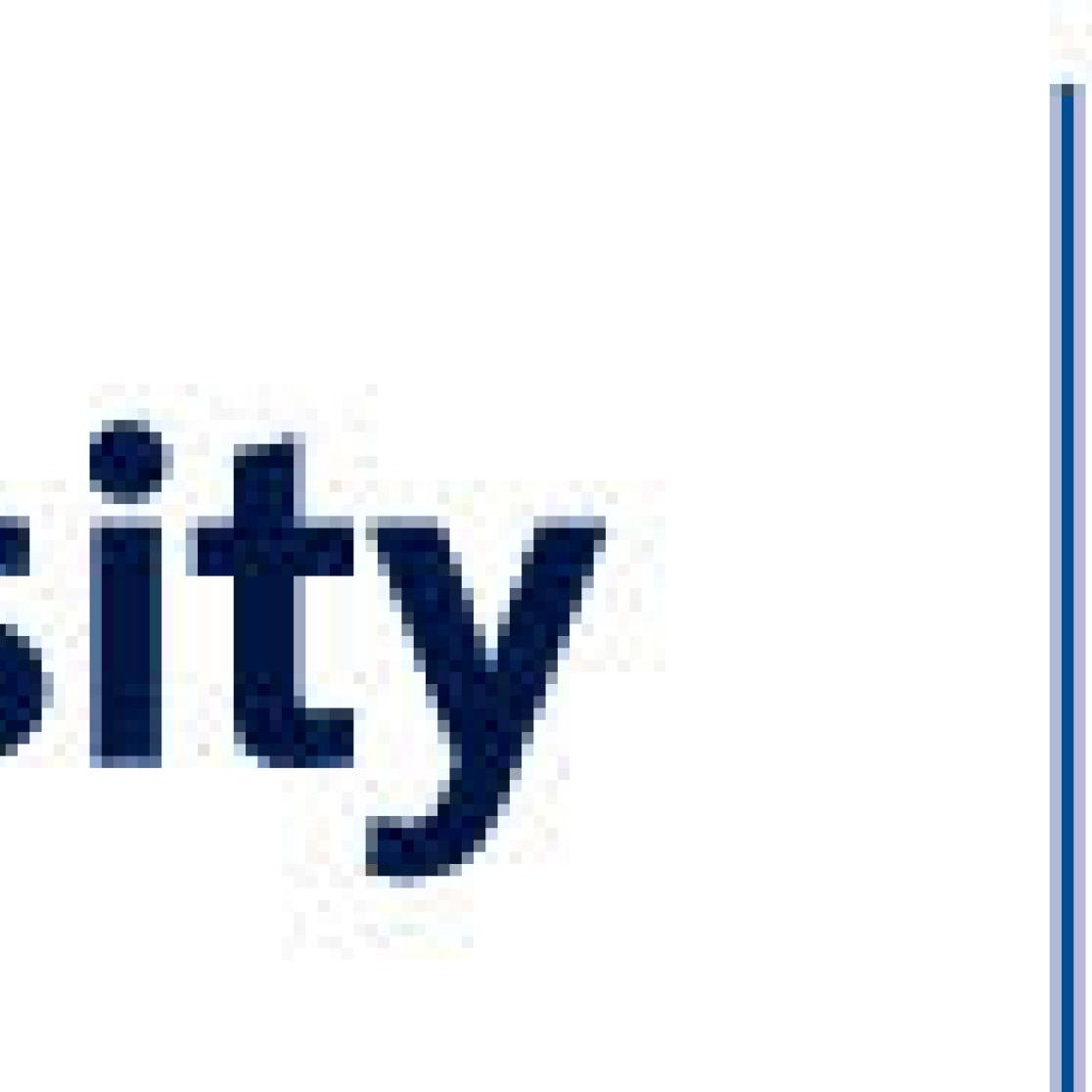Movement
Crossroad
Research theme: Cell Biology and Genetics
Clinical pillar: Movement
Retaining muscle and energy capacity is important for a long, healthy life, but:
- Genetic neuromuscular diseases lead to serious loss of function in 1 in 1,000 people and often premature death.
- Muscle breakdown occurs during ageing and secondary to stroke or sarcopenia, having an important negative impact on quality of life.
- Loss of energy capacity due to impairment of mitochondrial energy metabolism contributes substantially to ageing and age-related diseases.
The main aim is to administer autologous, energy-boosted stem cells to patients for restoring loss of muscle mass and energy deficits, combating neuromuscular disease and improving quality of life and life expectancy.
Unique contributions and highlights
The GYM project (Generate Your Muscle) funded by Interreg V EMR interconnects all research lines, funded by a variety of foundations. The project has 3 objectives:
- Defining safety and effectiveness of muscle stem cell therapy (Clinical Trial)
A specific group of patients with a muscle disease due to an mtDNA mutation makes healthy muscle stem cells, called mesoangioblasts, without the genetic defect. Their autologous mesoangioblasts will be cultured and administered in a clinical trial.
2. Defining the potential for muscle stem cell therapy
- Patients with a broad variety of diseases, like sarcopenia and stroke, suffer from loss of muscle mass and power. Mesoangioblast will be collected from these patients to determine their therapeutic potential.
- Patients with neuromuscular diseases due to a genetic defect in a nuclear gene make only mesoangioblasts containing this defect, so this will be repaired first using CRISPR/Cas9 technology. After correction and showing safety, this treatment will be applicable to all genetic neuromuscular diseases.
3. Industrial production of mesoangioblasts
A feasibility study has been carried out, which shows that setting up a company producing mesoangioblasts for therapy is a realistic option, provided that a good IP position is built up. The latter is achieved through method development, where on the one hand the effectiveness (energy-boost) and specificity of the muscle stem cell therapy is increased and on the other hand the production process is shortened and optimized.

